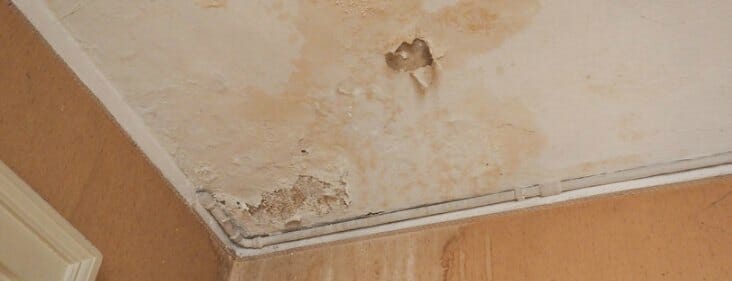Your Home's Most Common Factors of Leakage: Detailed Examination
Your Home's Most Common Factors of Leakage: Detailed Examination
Blog Article
Listed here down the page you can find additional reliable material regarding Most Common Causes of Leaky Pipes.

Leaks not just create waste of water yet can also cause unneeded damage to your home and also promote unwanted natural development. By comprehending as well as looking for day-to-day circumstances that cause leakages, you can secure your home from future leakages and unnecessary damages.
Instant temperature level changes.
Severe temperature modifications in our pipes can create them to expand as well as acquire all of a sudden. This growth as well as contraction may cause splits in the pipelines, especially if the temperature are below freezing. If you maintained an eye on how your plumbing works, it would be best. The existence of the previously discussed circumstances regularly suggests a high threat.
Corroded water supply
This may be the reason of staining or bending on your water pipelines. If our plumbing system is old, consider changing the pipes because they are at a greater threat of deterioration than the newer versions.
Defective Pipe Joints
Pipeline joints can degrade over time, resulting in water leaks. If you have loud pipes that make ticking or banging noises, especially when the warm water is transformed on, your pipe joints are probably under a lot of stress.
Encroaching origins
The majority of water leakages start outside the house instead than inside it. You might notice damp patches or sinkholes in your yard, and that could suggest that tree origins are invading water lines triggering water to leak out.
Poor Water Connectors
Sometimes, a leak can be caused by loose hoses and pipes that supply your home appliances. Generally, changing is what creates the loose water Links. You could find in the case of a washing maker, a pipe might spring a leak because of drinking throughout the spin cycle. In case of a water links leakage, you might see water running directly from the supply line or pools around your devices.
Blocked Drains
Blocked drains may be bothersome and inconveniencing, however they can sometimes end up causing an overflow resulting in rupture pipes. Maintain eliminating any type of products that might go down your drains pipes that might obstruct them to stay clear of such inconveniences.
All the above are sources of leaks yet not all water leakages arise from plumbing leakages; some leakages may come from roof covering leakages. All leaks must be repaired quickly to stay clear of water damage.
Leaks not only create waste of water yet can also trigger unneeded damage to your house and advertise undesirable natural development. By comprehending and also looking for everyday situations that create leaks, you can protect your house from future leakages as well as unnecessary damages. Today, we will look at six leakage triggers that may be triggering your pipes to drip.
At times, a leak can be caused by loosened tubes and pipelines that provide your appliances. In case of a water links leak, you might see water running directly from the supply line or puddles around your appliances.
How To Check For Water Leak In Your Home
How To Check for Leaks
The average household's leaks can account for nearly 10,000 gallons of water wasted every year and ten percent of homes have leaks that waste 90 gallons or more per day. Common types of leaks found in the home are worn toilet flappers, dripping faucets, and other leaking valves. These types of leaks are often easy to fix, requiring only a few tools and hardware that can pay for themselves in water savings. Fixing easily corrected household water leaks can save homeowners about 10 percent on their water bills.
To check for leaks in your home, you first need to determine whether you're wasting water and then identify the source of the leak. Here are some tips for finding leaks:
Take a look at your water usage during a colder month, such as January or February. If a family of four exceeds 12,000 gallons per month, there are serious leaks.
Check your water meter before and after a two-hour period when no water is being used. If the meter changes at all, you probably have a leak.
Identify toilet leaks by placing a drop of food coloring in the toilet tank. If any color shows up in the bowl after 10 minutes, you have a leak. (Be sure to flush immediately after the experiment to avoid staining the tank.)
Examine faucet gaskets and pipe fittings for any water on the outside of the pipe to check for surface leaks.
Undetected water leaks can happen without the home or business owner even realizing. If you suspect a water leak, but not able to find the source. It is time to contact a professional water leak detection service, The Leak Doctor.
How To Find a Water Leak In Your Home
https://www.leakdoctor.com/blog/How-To-Check-For-Water-Leak-In-Your-Home_AE197.html

Hopefully you enjoyed our section on Most Common Causes of Leaky Pipes. Thanks a lot for taking time to read through our post. Appreciated our review? Please share it. Help another person locate it. Thank you so much for your time invested reading it.
Request Your Service Report this page